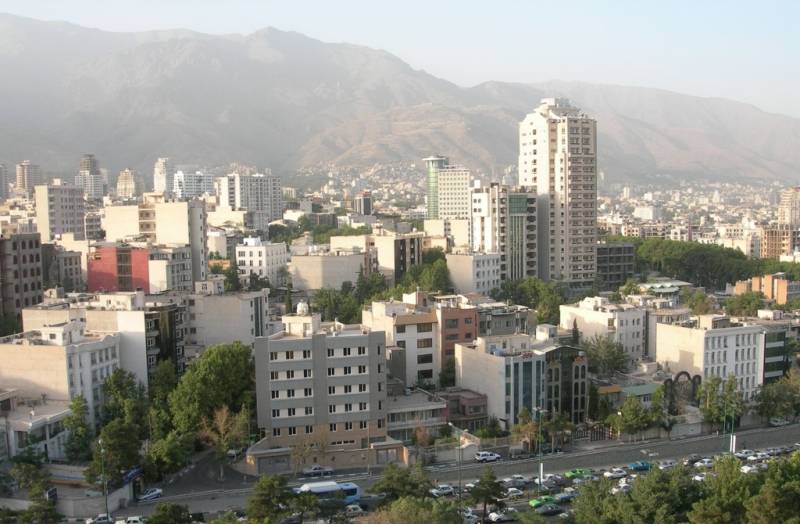Shrinking without changing borders: Iran's cities are overwhelmed by the influx of climate migrants
Record temperatures, prolonged droughts, and drying up of rivers and lakes are leading to the internal displacement of tens of thousands of Iranians each year. Those arriving from the disaster zone put a strain on the infrastructure of the centers, which are overwhelmed by the influx of so many victims.
Many of the climate migrants are farmers, workers and fishermen who move with their families from rural areas to major urban areas of the country in search of alternative livelihoods. The problem is described by the British Institute for Middle East Studies.
Iranian officials acknowledge the problem and blame the situation on climate change, worsening water shortages and increasing desertification of vast areas. However, experts on the economy and climate change, the crisis is said to be fueled by poor government management and rapid population growth.
Although the exact number of climate migrants is unknown, Iranian media has estimated that about 420 people have been forced to migrate this year due to the effects of climate change, including drought, sand and dust storms, floods and natural disasters, which have become permanent.
As you know, the Islamic Republic has traditional historical problems with drought and high temperatures. However, only in the last two years the situation began to get out of control, as it became widespread and irreversible.
As a result, the slightest climate change affects the population, and vast territories become uninhabitable. There is a kind of narrowing of the entire country, a decrease in the populated part of Iran, although its borders have not changed, says ecologist Mehdi Zarghami from the University of Tabriz.
The trend ranges from migration from rural drylands to regional urban centers to the relocation of entire provinces to more developed and irrigated areas. The actual migration numbers are much higher than reported in the media or Tehran's official statistics on internally displaced persons.
Iran is among the countries most vulnerable to climate change in the Middle East, with warming rates twice the global average. The problems of the Islamic Republic should serve as a reminder to all humanity of the risks associated with neglecting the requirements of environmental conservation.

Information